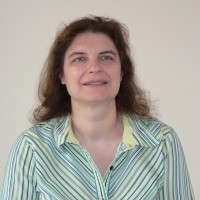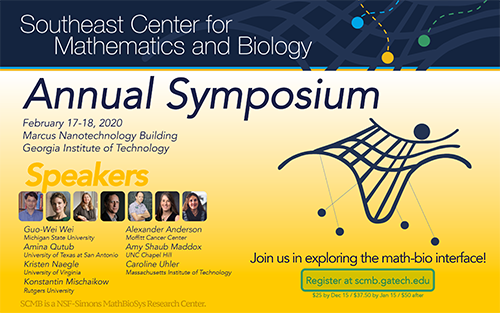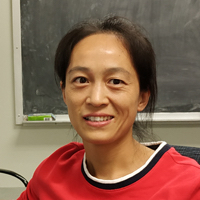Maia Martcheva (UF Mathematics)
368 Little HallCoinfection dynamics of heroin transmission and HIV infection in a single population We propose a coinfection model of heroin abuse and HIV infection, to describe the joint spread through a single population. The unique disease-free equilibrium always exists and it is stable only if the basic reproduction numbers of heroin abuse and HIV infection are …









